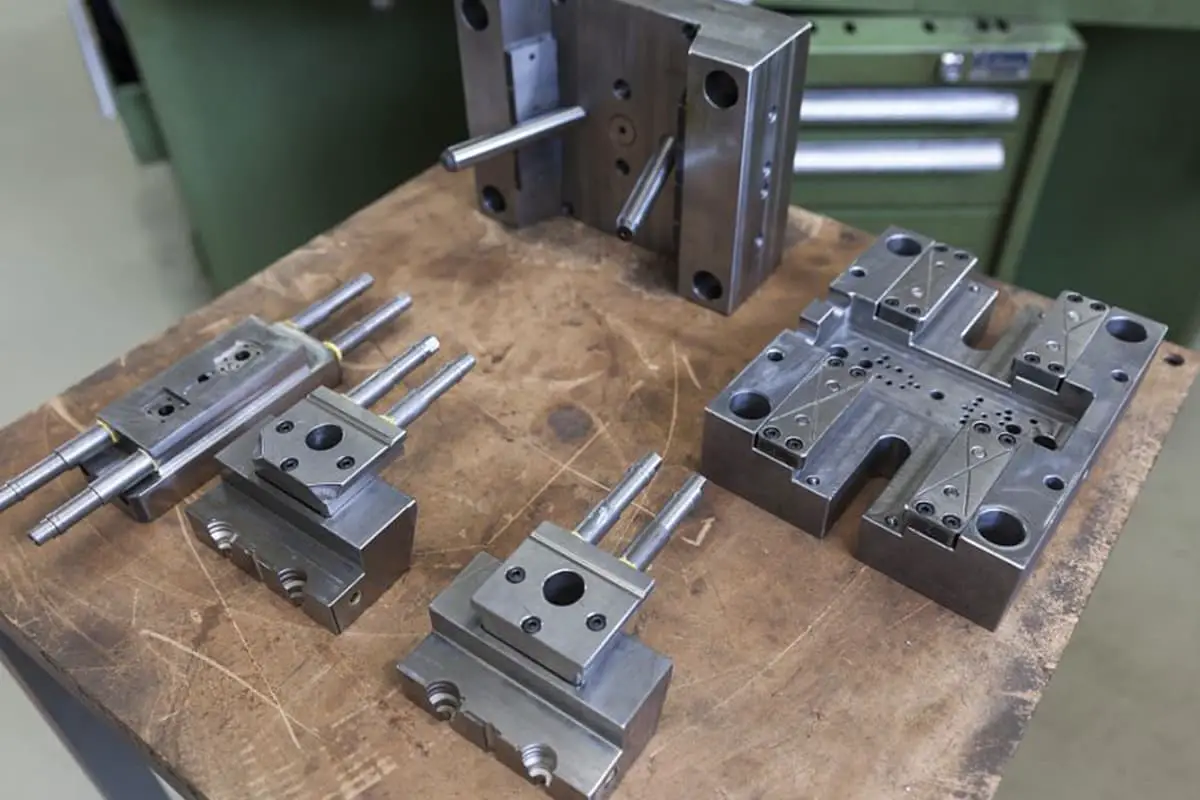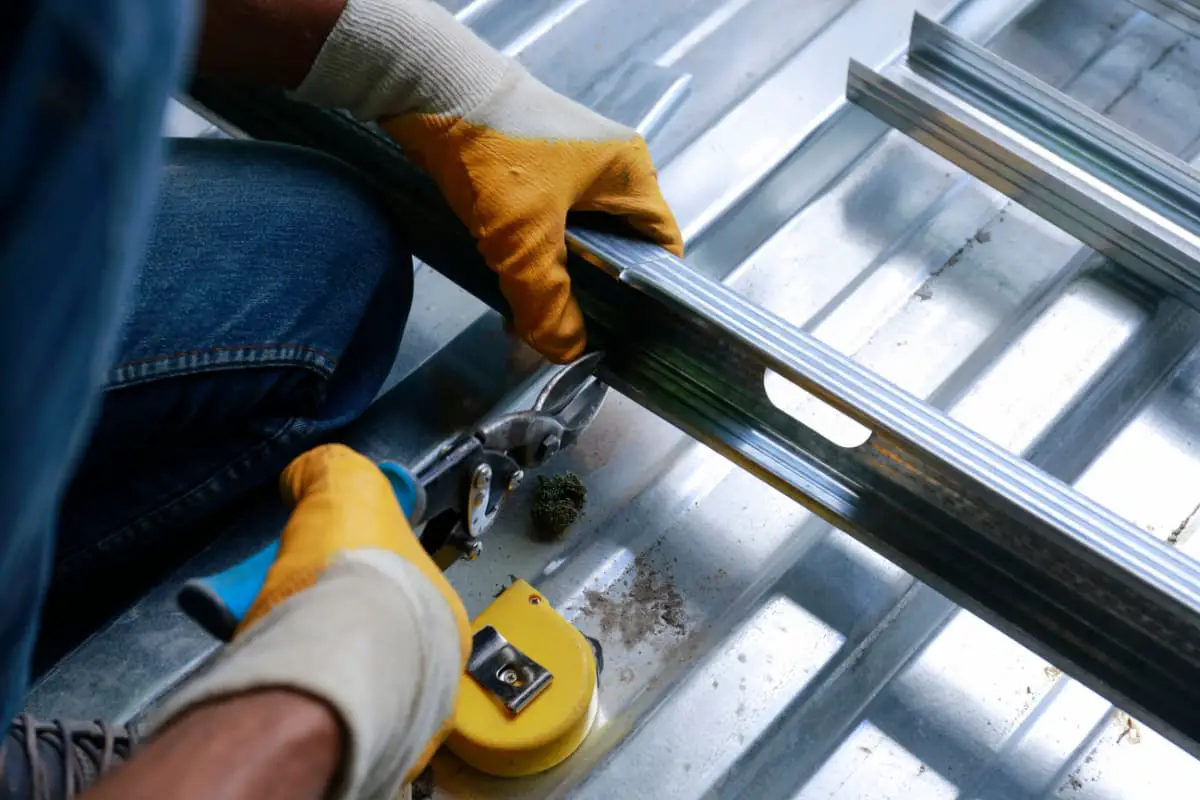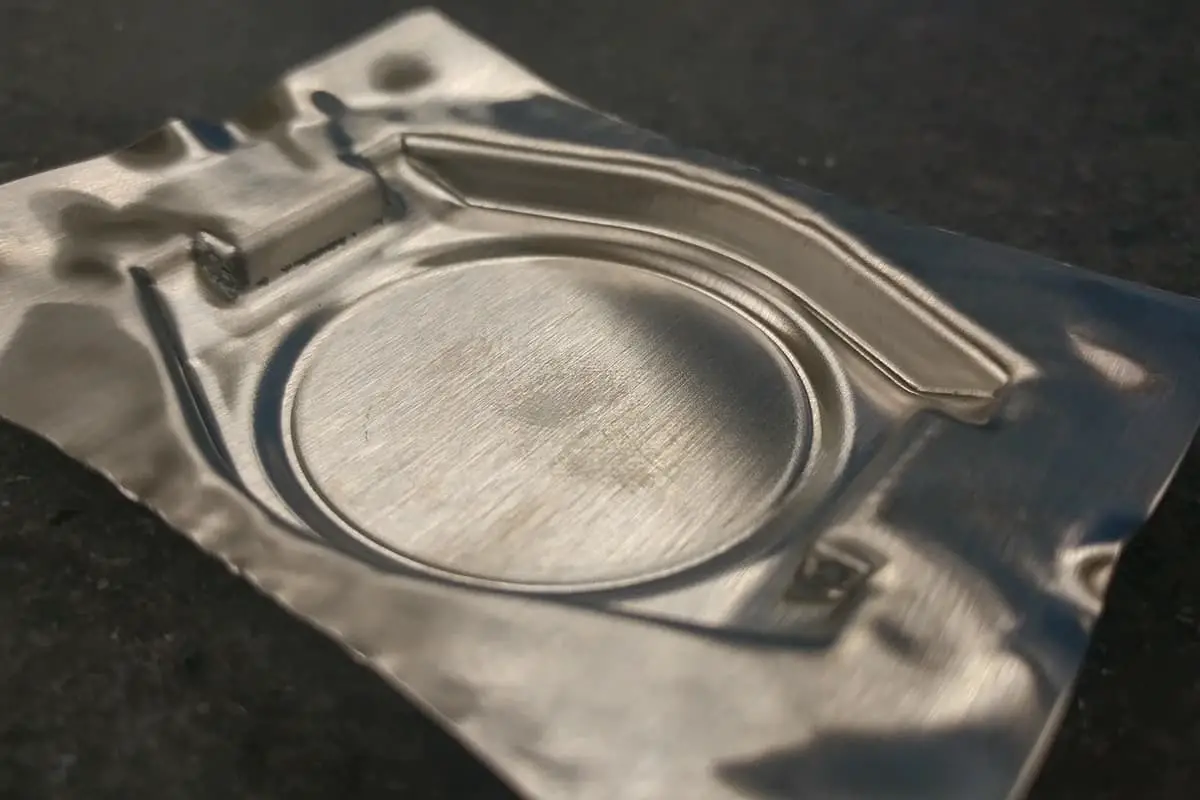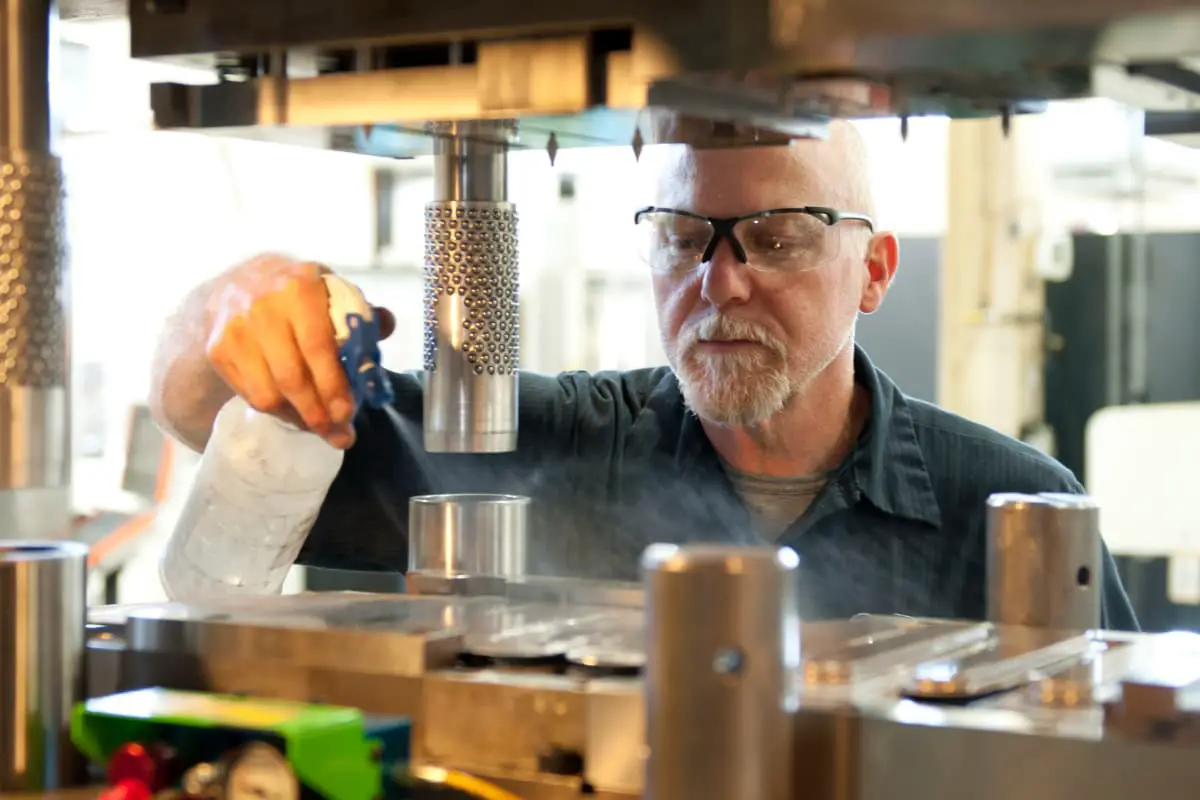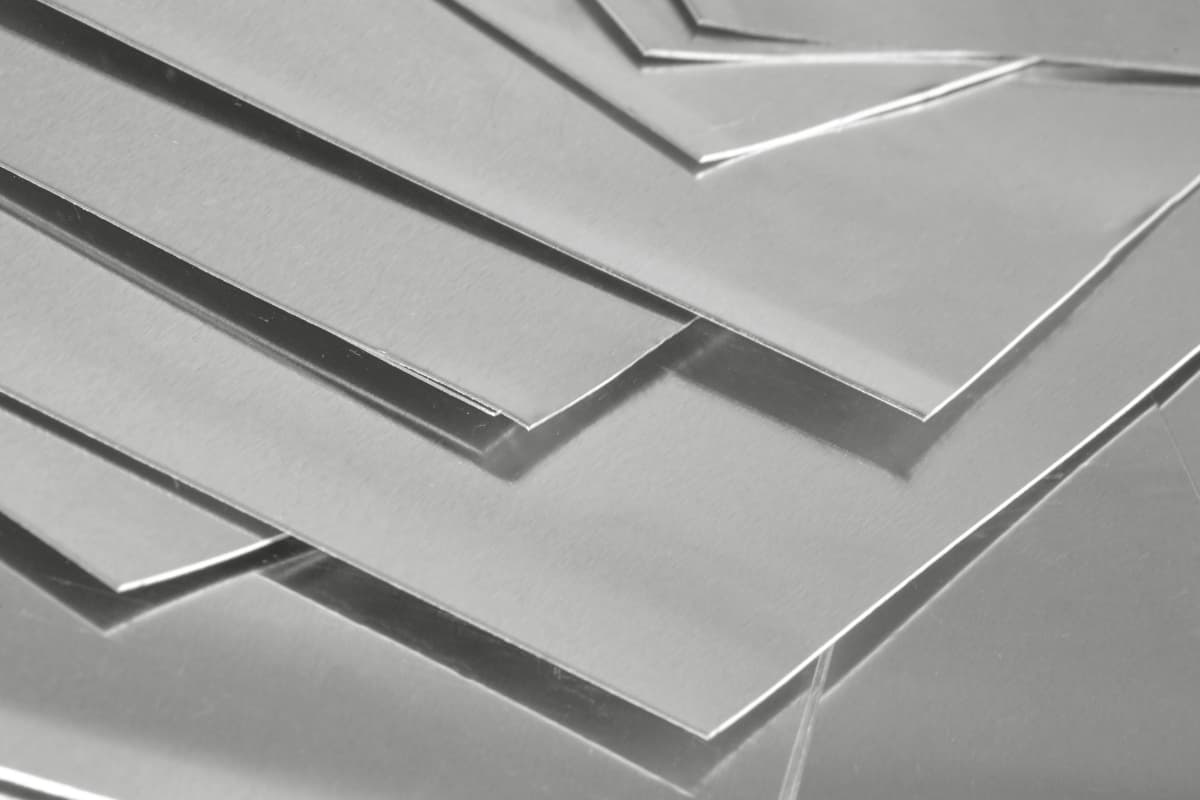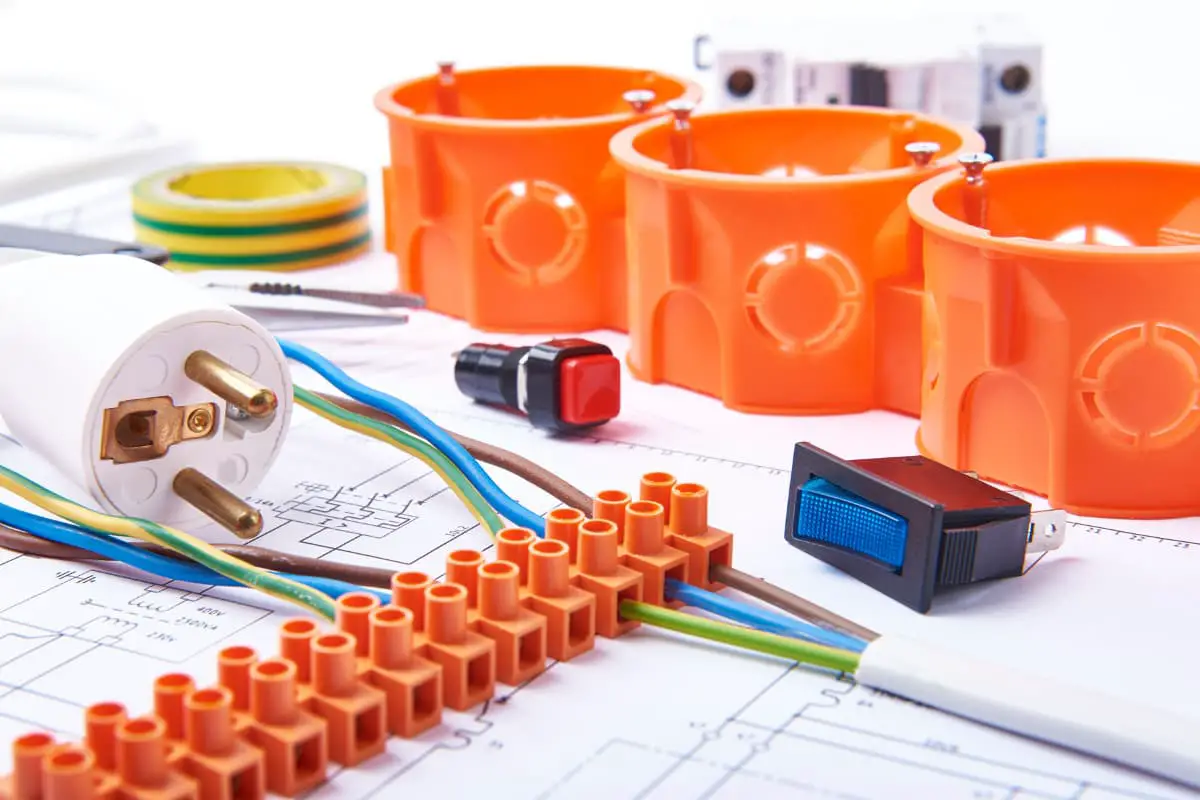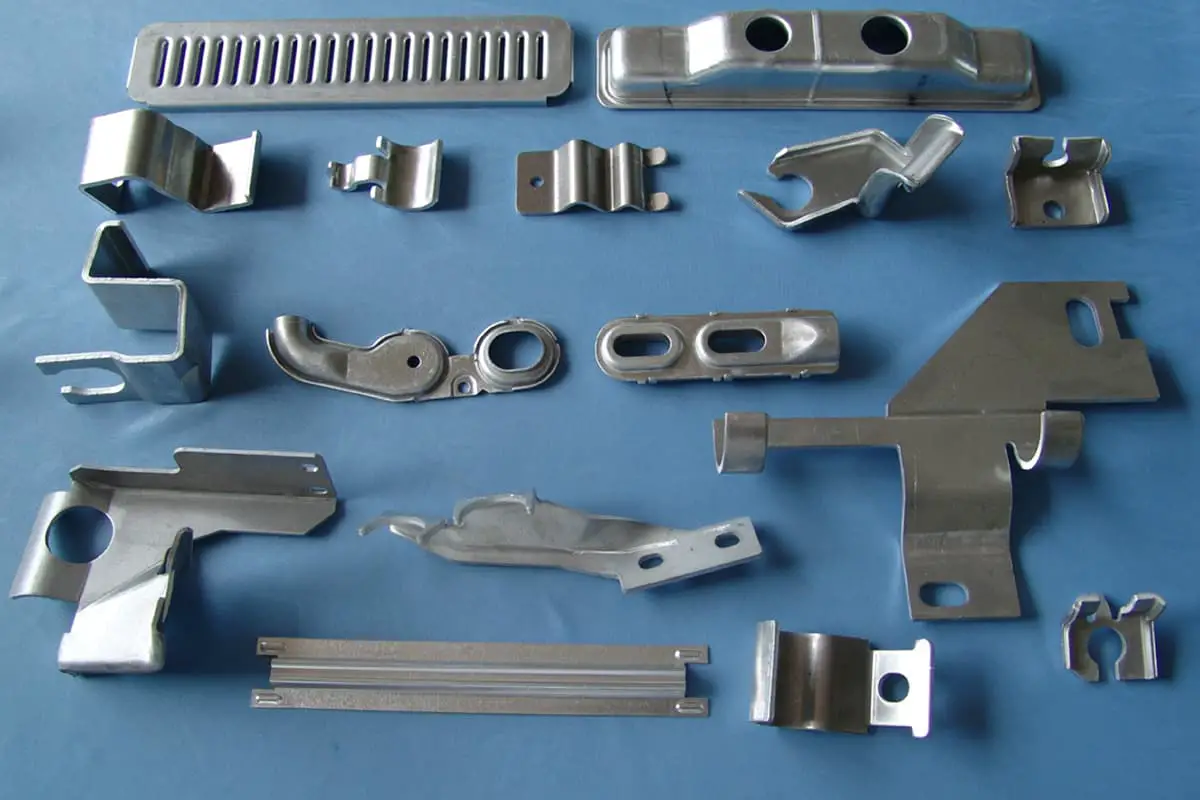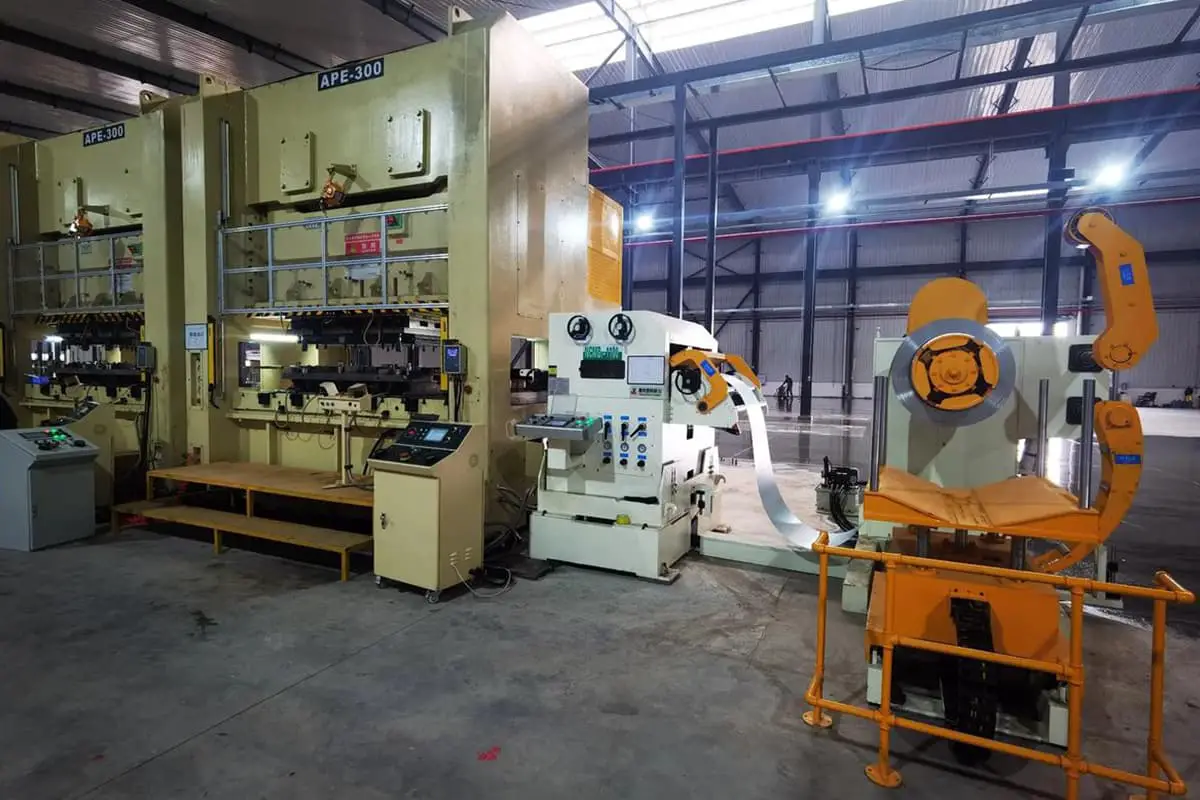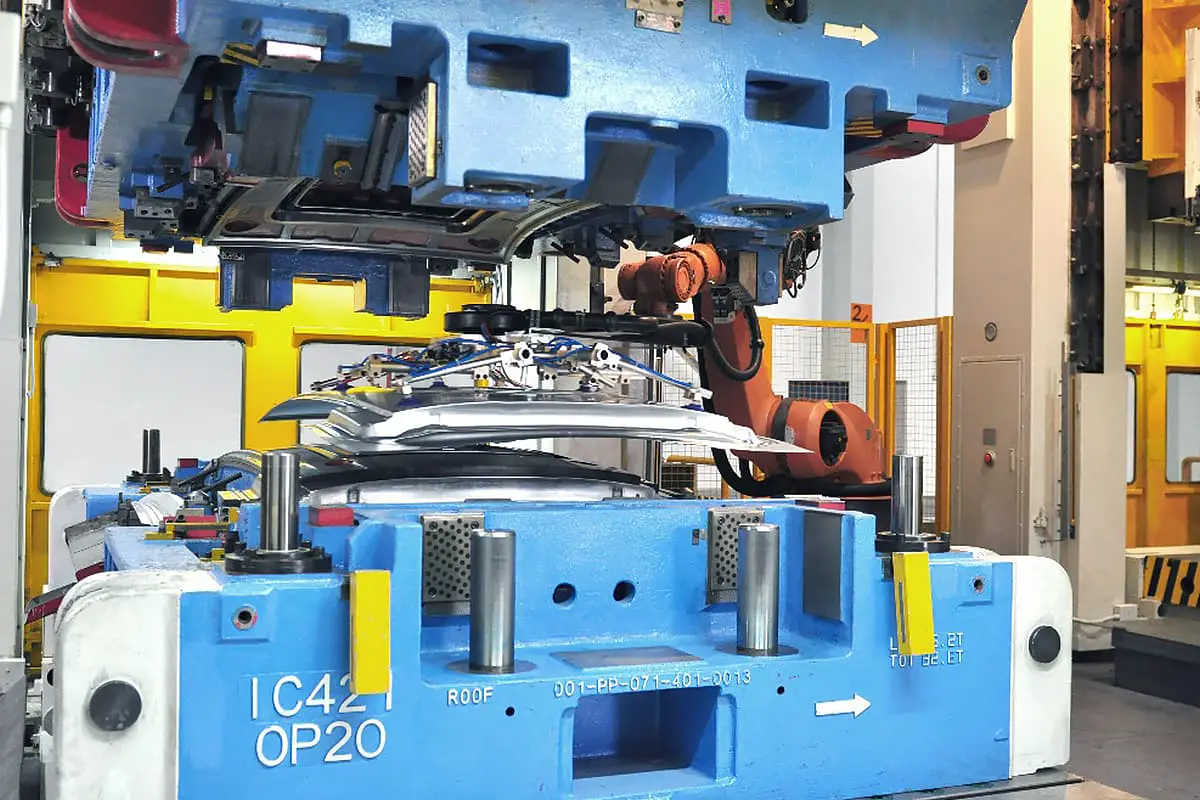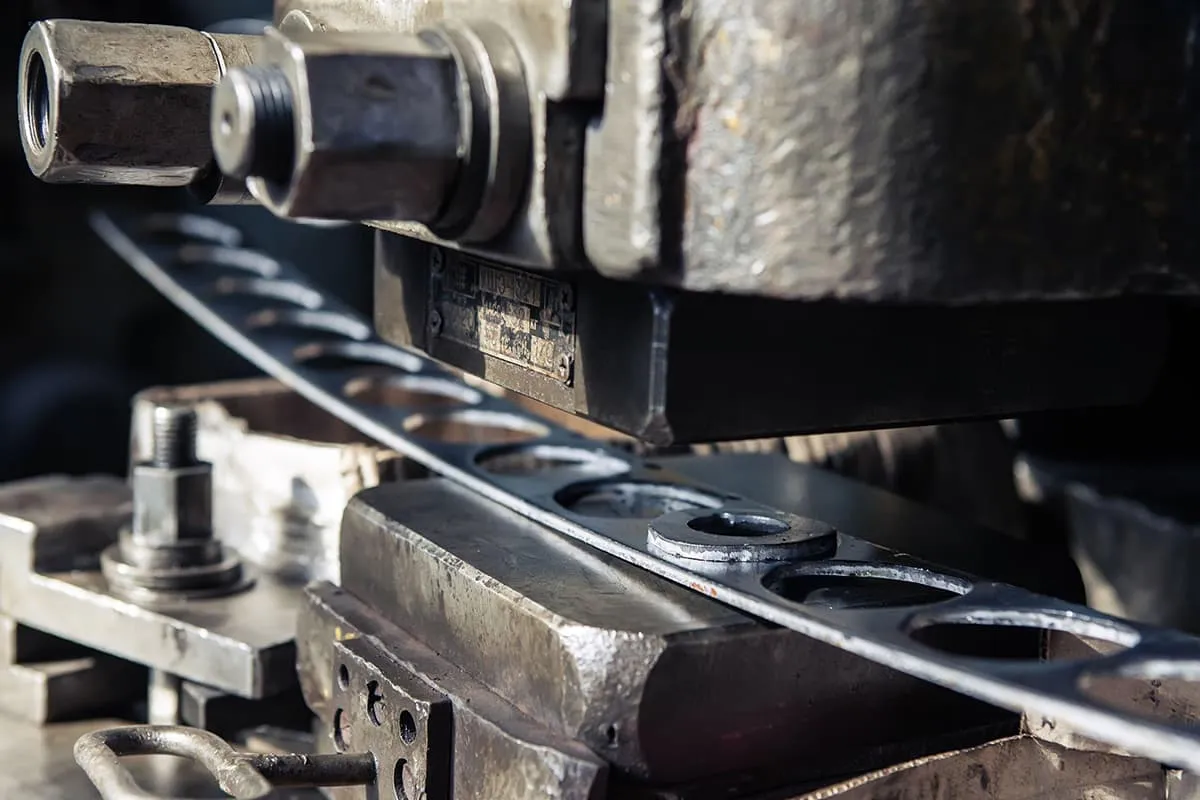
According to the different chemical composition, process performance, load capacity, and characteristics of the material, the materials used for punch dies can be divided into four major categories.
I. Carbon Tool Steel
The carbon content of carbon tool steel is 0.65% to 1.35% (mass fraction). Carbon tool steel is the basic steel type widely used in cold work die steels. It has good machinability, low cost, abundant supply, and is easy to obtain.
Its disadvantages are low hardenability, large quenching deformation, and poor wear resistance, so it is suitable for manufacturing punch and die for non-ferrous metal punching parts, and punch and die for medium and small-sized light-load thin steel plate punching parts with material thickness t≤1mm.
Common grades include high-quality carbon tool steel T7, T8, TI0, TII, T12, T13, and advanced high-quality carbon tool steel T7A, T8A, TI0A, T11A, T12A, T13A, etc.
II. Alloy Tool Steel
Alloy tool steel containing a certain amount of different alloy elements is a common material for punch dies. The main features of alloy tool steel are good machinability, strong wear resistance, and small heat treatment deformation.
High carbon high chromium alloy tool steel represented by Cr12 is the typical material for this type of punch die alloy tool steel.
In addition, there are 11 grades including Cr12MoV, Cr6WV, Cr4W2MoV, Cr2Mn2SiWMoV, Cr12Mo1V1, Cr5Mo1V, 9Mn2V, CrWMn, 9CrWMn, 6Cr4W3Mo2VNb, 7CrSiMnMoV.
III. High-Speed Tool Steel
The carbon content of high-speed tool steel is 0.70% to 1.65% (mass fraction), and the alloy element content is 10% to 20% (mass fraction).
Compared with alloy tool steel, it significantly improves the hardness, hardenability, wear resistance, and hot hardness of the steel.
Common high-speed tool steels can be divided into tungsten series high-speed tool steel, molybdenum series high-speed tool steel, cobalt series high-speed tool steel, aluminum series high-speed tool steel, and high vanadium high-speed tool steel, with as many as fourteen or fifteen grades.
Only two grades of high-speed tool steel are commonly used in punch die manufacturing: W18Cr4V and W6Mo5Cr4V2. Newly developed matrix steels include 6Cr4Mo3Ni3WV, 6Cr4W3Mo2VNb (65Nb), etc.
IV. Cemented Carbide and Steel-Bonded Cemented Carbide
For the mass production of thin plate stamping parts throughout the year or those with particularly large annual output, such as:
- the rotor and stator silicon steel sheets of small and medium-sized electric motors;
- small transformer E-shaped iron core silicon steel sheets for instruments and meters;
- connector parts for electrical components; general-purpose standard welding tabs, contact tabs, spring tabs for electrical instruments;
- standard bullets and casings for pistols, rifles, and shotguns, etc.,
To improve their life, cemented carbide and steel-bonded cemented carbide are often used to make the main working parts of the punch die, such as punch, die, male and female dies, etc.
Cemented carbide is a multiphase composite material produced by powder metallurgy process, with refractory metal carbides, mainly tungsten carbide, titanium carbide, and chromium carbide as the matrix, and cobalt of the iron family as the binder.
It was successfully researched in Germany in 1923, used for punching dies around 1948, and for cold extrusion dies in 1958, and has now been promoted and applied in various industrial fields.
Tungsten cobalt cemented carbides commonly used for manufacturing punch dies include grades YG6, YG8, YG11, YG15, YG20, YG25, etc.
The hardness reaches 65 to 72 HRC, with high strength, wear resistance, good thermal hardness, but brittle, slightly poor toughness, expensive, and difficult to machine.
Steel-bonded cemented carbide is a material made by sintering method with titanium carbide or tungsten carbide as the hard phase and alloy steel as the matrix, which is a steel with very high carbide content. It has the properties of general alloy tool steel and also has the advantages of high hardness and good wear resistance of cemented carbide. It is a very good punch die material.
Compared with general carbon tool steel punch dies, it can increase the life of the punch die by several dozen times or even a hundred times. Common grades of steel-bonded cemented carbide used for manufacturing punch dies are GT35, GW50.

